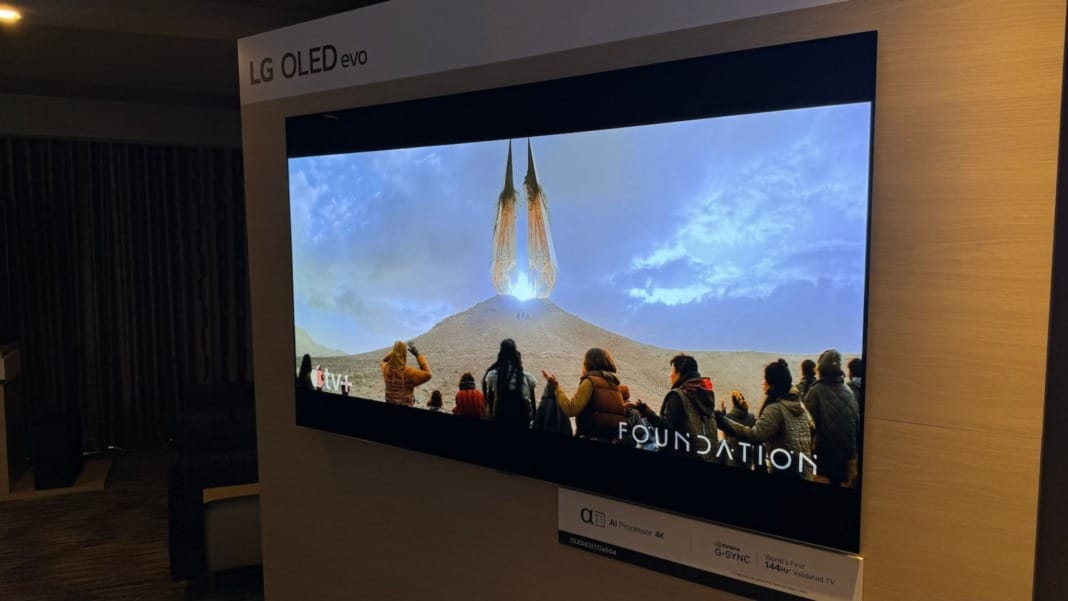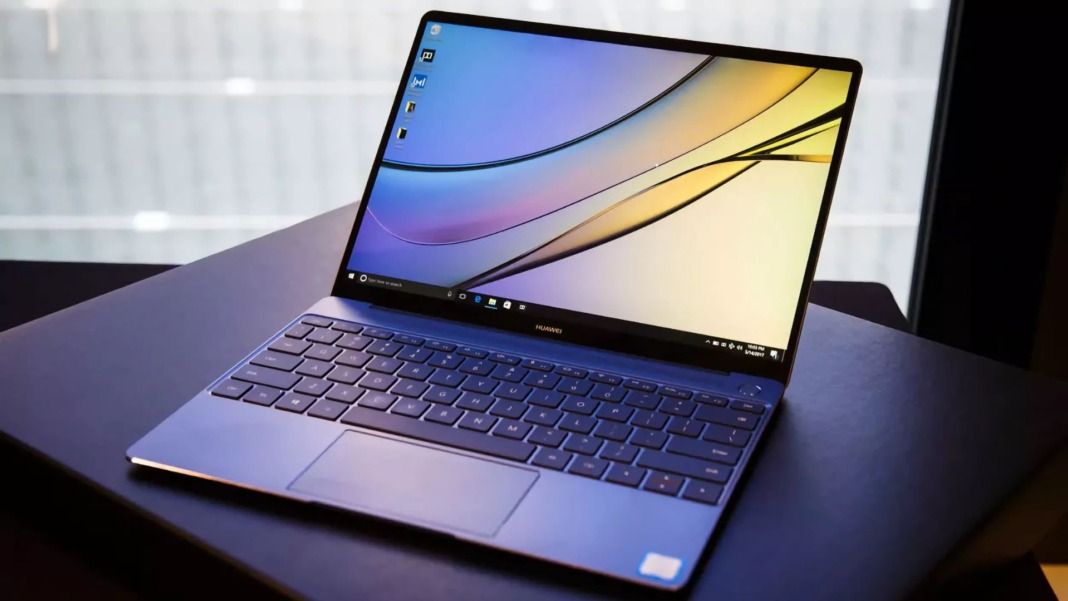After two decades of research and development, LG Display has confirmed it’s ready to bring its long-awaited “dream OLED” screen technology to phones and tablets. You’ll soon see this new display tech in everyday devices, and the results should be impressive.
LG Display, the division responsible for the company’s screen technology, has announced that it has completed the final testing stage for mass production of the “hybrid two-stack Tandem OLED.” This major breakthrough could make your phone or tablet last longer on a single charge.
A big step forward in display technology
So, what’s special about this new OLED screen? It uses 15% less power than current OLED displays without compromising brightness or picture quality. That means you’ll still enjoy vivid colours and crisp visuals, but your device won’t use as much battery power to keep the screen lit. Since screens are usually the biggest battery drain on phones and tablets, this new technology could help your battery last longer, even if the battery size stays the same.
LG Display has already patented this new screen tech in South Korea and the U.S., which suggests the company is confident and serious about rolling it out widely. It’s a strong sign that the technology could soon appear in real devices.
How the new OLED works
LG’s new “dream OLED” is built using a hybrid two-stack Tandem OLED method. If that sounds complicated, don’t worry—it simply means the screen has two layers, or “stacks,” that work together cleverly. The goal was to make blue light more efficient.
Here’s the challenge: While red and green phosphorescent lights have been used in OLED screens for about 20 years, blue has always been a problem. Blue phosphorescence is tricky because it needs more energy and burns out more quickly. To fix this, LG combined two types of blue light sources: stable and efficient. The bottom layer uses blue fluorescence, which is more stable, while the top layer uses blue phosphorescence, which is more energy-efficient. This smart combo gives you the best of both worlds.
The key to this success was also due to LG Display’s partnership with Universal Display Corporation, which supplies the essential raw materials for OLED screens. Together, they worked out how to make the new blue light reliable and efficient for real-world use.
When can you expect to see it?
LG Display says the new screens are ready for use in “small—and medium-sized” panels, including smartphones and tablets. While there’s no confirmed release date yet, LG plans to show off the technology at SID Display Week 2025, a major event where new screen tech is often introduced.
So, if you always want the latest display tech—or if you’re just tired of your phone battery draining too quickly—keep an eye out. These new OLED screens could significantly change how long your devices last between charges, without giving up the quality you’re used to.





